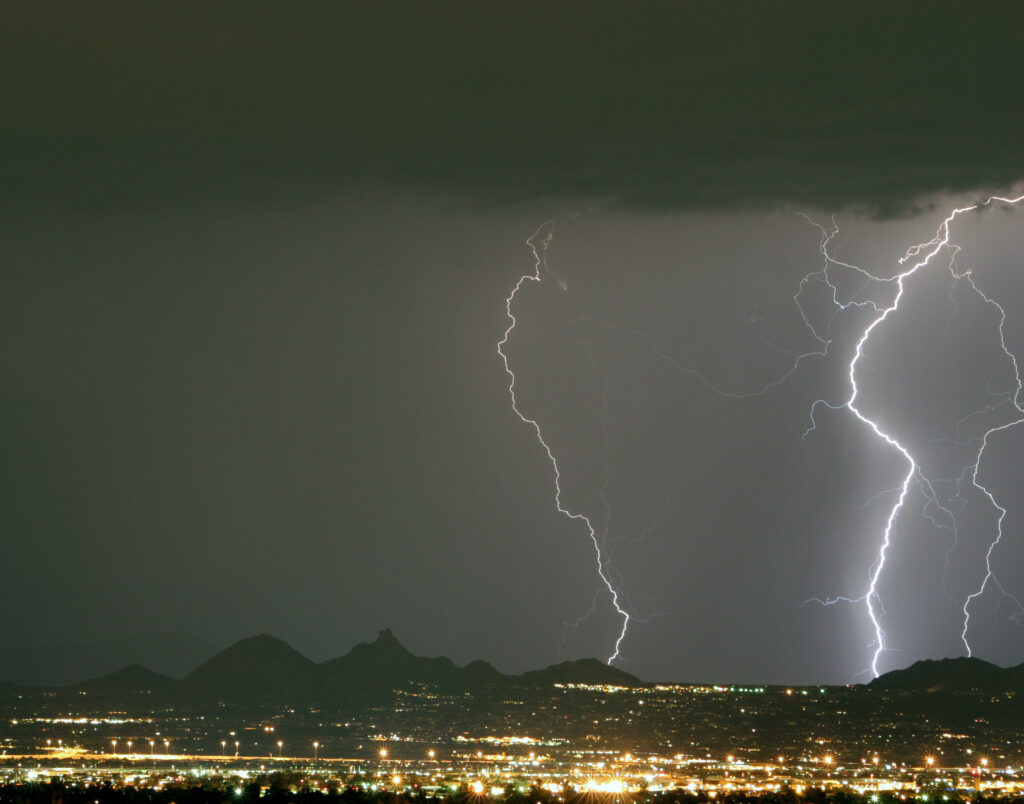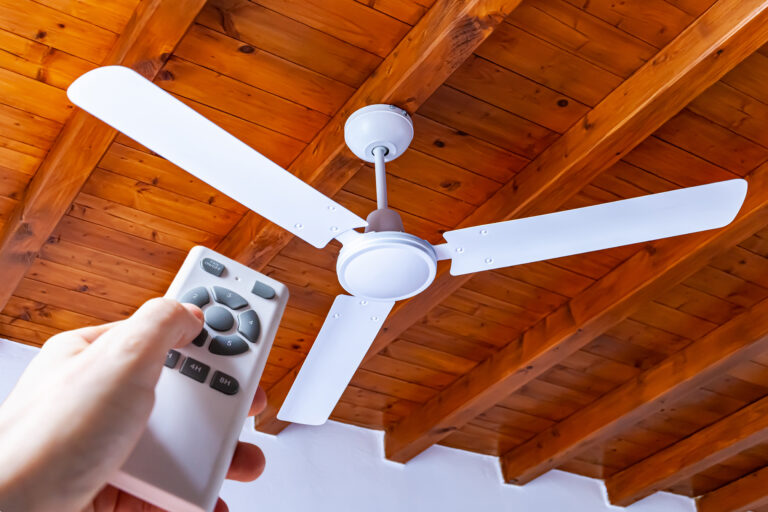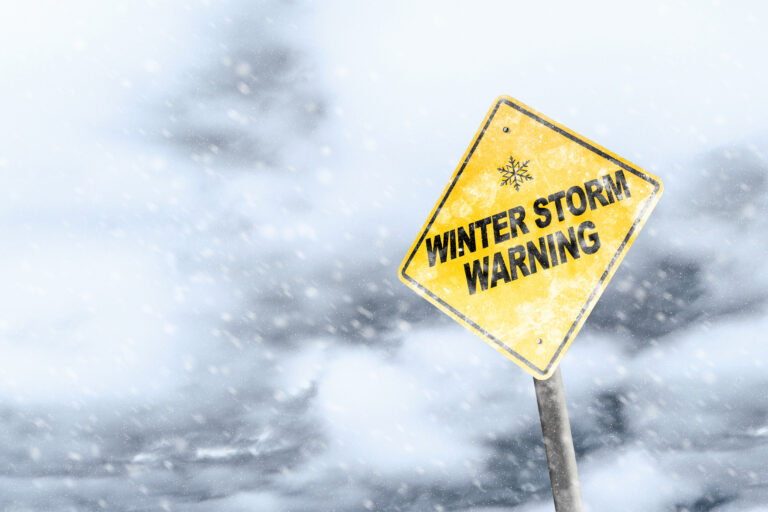Indoors Doesn’t Always Mean Out of Danger
When a thunderstorm rolls in, the first piece of safety advice you’ll hear is, “Get inside.” And that’s absolutely right—being indoors is far safer than being out in the open. But what many people don’t realize is that lightning can still pose a threat even after you’ve taken shelter. Each year, people are injured by lightning while inside buildings, often because they unknowingly touch or use objects that conduct electricity.
Staying indoors during a storm is a good first step, but it’s not a free pass to let your guard down. Lightning can travel through wiring, plumbing, and even some structural materials. Understanding how to stay safe while inside can help you avoid hidden risks that catch many people off guard.
How Lightning Enters Buildings
Lightning doesn’t have to strike you directly to do damage. When it hits a home or nearby structure, the electrical energy can travel through anything that conducts electricity—power lines, telephone cables, plumbing pipes, and even metal frames. This is why people have been shocked or burned while talking on landline phones, using appliances, or even taking showers during a storm.
The stronger and closer the strike, the more dangerous the surge of energy becomes. Even buildings equipped with lightning rods can experience a powerful transfer of electricity that affects the wiring and plumbing inside.
Avoid Using Electrical Devices During a Storm
One of the biggest indoor lightning risks comes from wired electronics. Using a desktop computer, corded phone, or anything plugged into the wall increases your chances of being shocked if lightning hits nearby. The safest option during a storm is to unplug sensitive electronics ahead of time and avoid using anything that connects to your home’s electrical system.
Wireless devices like smartphones and laptops (when not charging) are safe to use, as they’re not connected to outlets. If you need to monitor the storm, use battery-powered radios or phones not plugged into the wall.
Stay Away from Water and Plumbing
It might sound surprising, but showering or washing dishes during a thunderstorm is risky. Water is an excellent conductor of electricity, and lightning that travels through pipes can easily reach taps and fixtures. Even touching metal sinks or faucets can be dangerous during an active storm.
The rule is simple: if it’s connected to plumbing, stay away from it. That includes showers, tubs, sinks, and even washing machines. Wait until the storm has fully passed before using them again.
Steer Clear of Windows and Concrete Walls
Windows and doors are also potential hazards. Glass won’t conduct electricity well, but the metal framing around it can. Lightning can also cause windows to shatter from pressure or nearby strikes. Standing too close to a window puts you at risk for both electrical and physical injury.
Concrete walls can also be a hidden danger. Some contain metal reinforcements that conduct electricity. It’s best to stay away from basement walls and concrete floors during a storm, especially if you’re barefoot or in contact with a wet surface.
How to Safely Ride Out the Storm Indoors
The best thing you can do during a thunderstorm is to stay indoors, away from anything that could carry electricity. Don’t use wired electronics, avoid plumbing, and steer clear of windows and concrete surfaces. It’s also a good idea to make sure your home has surge protectors to prevent damage to electronics in case of a lightning strike.
And remember: just because the rain has stopped doesn’t mean the danger is gone. Wait at least 30 minutes after the last rumble of thunder before resuming normal activities. Lightning can strike more than 10 miles away from a storm’s center.
Taking shelter indoors is always the right move—but staying smart about what you do once inside is key to staying truly safe when lightning is in the area.


